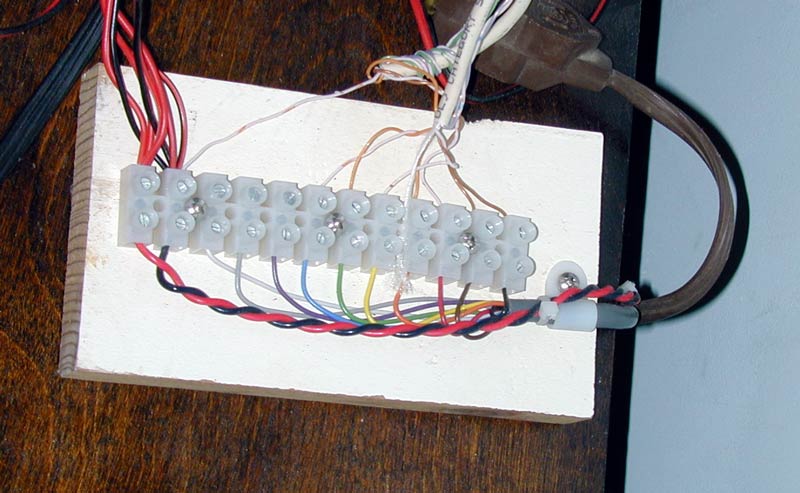I'm now to layouts and building. In my research I saw many many times praise for PowerPole connectors. So I decided that for my connections of sections buss wiring (14 guage) to main buss wire (12 guage) and for connections from the buss to my DCC system I've been using PowerPole connectors. I even went so far as to use a terminal strip, then make short (1 foot) wires with power pole on one end and crimped/soldered terminal strip connectors on the other. I really thought I was doing a "good job".
But alas as I build out my 2nd section and actually start testing I'm running into lots of problems. With about 8 pairs hooked up I'm getting the following problems
4 connections so far didn't solder well and I had to rebuild them. I couldnt *tell* they didn't solder well because all the solder is inside the powerpole metal connection part (its a closed end tube) so the solder joints looked and felt fine ... until they didnt work and wires fell out or worse, would be intermittant if I wiggled them but felt secure.
All connections dont hold together as much as advertised. Simply the weight of the wire is often enough to pull them apart, either fully (not often) or 1/2 way (about 1 cm) which is enough to disconnect the connection.
I'm starting to think these things are not such a great idea and to switch over to just terminal strips and soldered/crimped connectors for the 'occasionally need to disconnect' bits, and wire nuts for the "probably will never disconnect" bits.
Although my benchwork is "sectional" its not intended for moving or taking apart often. Its only sectional for the purpose of having to do major rework later, or if (when) I ever move so its not like I need the convenience of 2 second disconnects.
Any advise ? Anyone else have problems with PowerPole connectors ?
-David
But alas as I build out my 2nd section and actually start testing I'm running into lots of problems. With about 8 pairs hooked up I'm getting the following problems
4 connections so far didn't solder well and I had to rebuild them. I couldnt *tell* they didn't solder well because all the solder is inside the powerpole metal connection part (its a closed end tube) so the solder joints looked and felt fine ... until they didnt work and wires fell out or worse, would be intermittant if I wiggled them but felt secure.
All connections dont hold together as much as advertised. Simply the weight of the wire is often enough to pull them apart, either fully (not often) or 1/2 way (about 1 cm) which is enough to disconnect the connection.
I'm starting to think these things are not such a great idea and to switch over to just terminal strips and soldered/crimped connectors for the 'occasionally need to disconnect' bits, and wire nuts for the "probably will never disconnect" bits.
Although my benchwork is "sectional" its not intended for moving or taking apart often. Its only sectional for the purpose of having to do major rework later, or if (when) I ever move so its not like I need the convenience of 2 second disconnects.
Any advise ? Anyone else have problems with PowerPole connectors ?
-David


